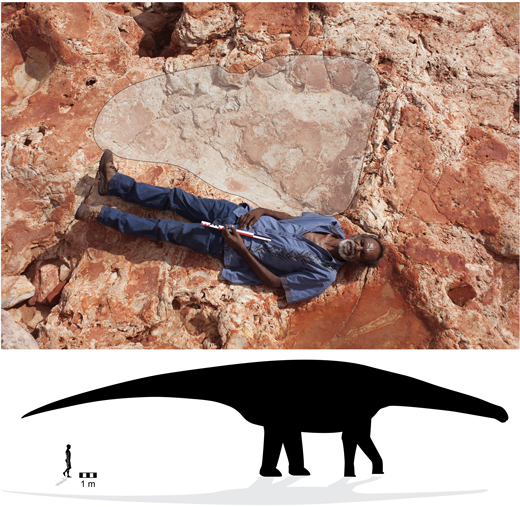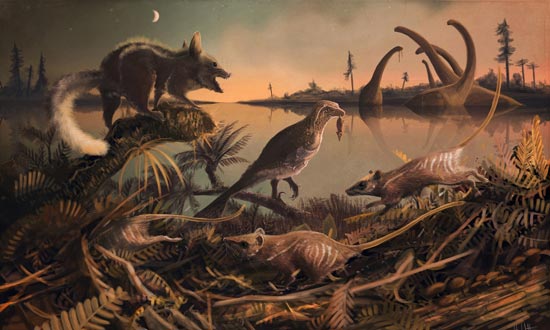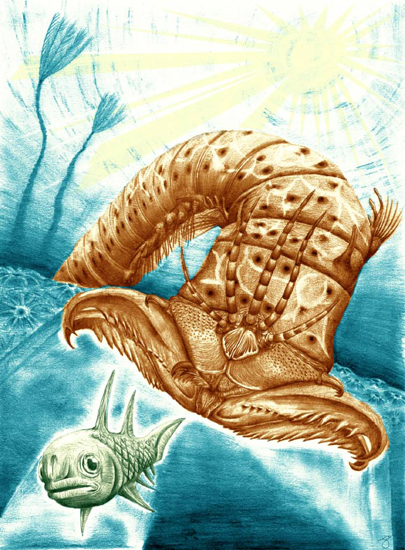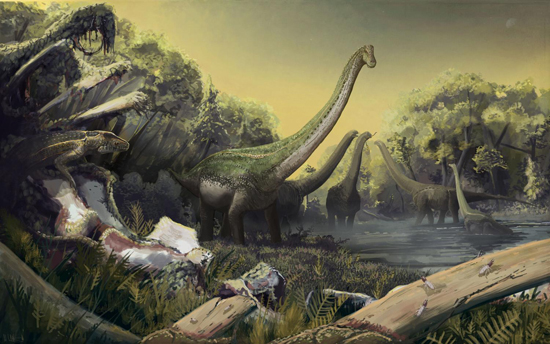Favourite Blog Articles of 2017
Favourite Blog Articles of 2017
As the year draws to a close, it is time for Everything Dinosaur to reflect on some of the blog articles that we have produced over the last twelve months or so. It has certainly been an amazing year for palaeontology with lots of new fossil discoveries and some fascinating new insights into previously described species. With over 300 articles to choose from on this blog, here is the list of our favourites produced in 2017.
Dinosaur Collagen Confirmed
Back in January, we reported on the remarkable duplication of a famous dinosaur study first undertaken in 2009, when dinosaur collagen was found within fossil bone. A team of researchers from North Carolina State University, North-western University and the University of Texas – Austin, were able to repeat the experiment and retrieve collagen peptides from an 80-million-year-old dinosaur femur.
To read the full article: Researchers Confirm Dinosaur Collagen.
In 2018, we can expect the next instalment of the “Jurassic Park/Jurassic World” to arrive in cinemas, even with this research, we are a long way from resurrecting dinosaurs.
Monster Worms
Everything Dinosaur’s report on the discovery of a giant worm in Devonian sediments in late February caused one or two shivers amongst our readers. It seems that the vertebrates had a rival for dominant, apex predator in marine environments. Step forward Websteroprion armstrongi, with its vicious jaws.
Giant Predatory Worm of the Devonian
Picture credit: James Ormiston
The Biggest Dinosaur Footprint?
The Dampier peninsula of Western Australia hit the headlines this year, with a scientific paper published that attempted to map the extensive dinosaur tracks and footprints, representing a rare insight into the fauna of Early Cretaceous Australia. Amongst the tracks studied, were a series of giant footprints, some of which measure more than 1.7 metres long. These tracks were dubbed the “Biggest dinosaur footprints in the world”
One of the Huge Sauropod Prints

Picture credit: Queensland University
Elk Hunter Stumbles Across Elasmosaur
Hunter David Bradt won’t forget on Elk hunting trip that he undertook. Whilst hunting in Montana’s Charles M. Russell National Wildlife Refuge, he stumbled across some large fossil bones in a stream bed. He thought that he had found a dinosaur but no, had uncovered the fossilised remains of a new species of short-necked Elasmosaur from the Western Interior Seaway. The marine reptile was named Nakonanectes bradti in April 2017.
Shingopana songwensis
There were several newly described dinosaurs in 2017 too. Lots of different types. For example, in August Everything Dinosaur reported on the naming of a new Cretaceous sauropod from Tanzania. This fossil discovery helps to open up a new area of research into titanosaur diversity in the Southern Hemisphere during the Cretaceous.
Shingopana songwensis Illustrated
Picture credit: Mark Witton
Purbeck Fossil Discoveries
Nearer to home, the Dorset coast also sprang a few fossil surprises. Student Grant Smith found two fossil teeth in Early Cretaceous sediments on the “Jurassic Coast” that proved the presence of placental mammals in this location. It was amazing to think that the Dorset coast, one of the most explored and research palaeoenvironments in the world, could still hold some surprises and well-done to the relatively inexperienced undergraduate student for making such an incredible discovery. The new placentals were named Durlstodon and Durlstotherium.
It of course, gives us another opportunity to post up some of Mark Witton’s beautiful artwork.
A Purbeck Lagoon (Early Cretaceous)

Picture credit: Mark Witton
These are just some of our favourite blog articles of 2017, we look forward to all the exciting discoveries and fossil finds we will report on in 2018.
In the meantime, visit the award-winning Everything Dinosaur website: Everything Dinosaur.



